In Photos: Bizarre New Species Discoveries Include 'Klingon Newt'
"Ziggy Stardust" snake
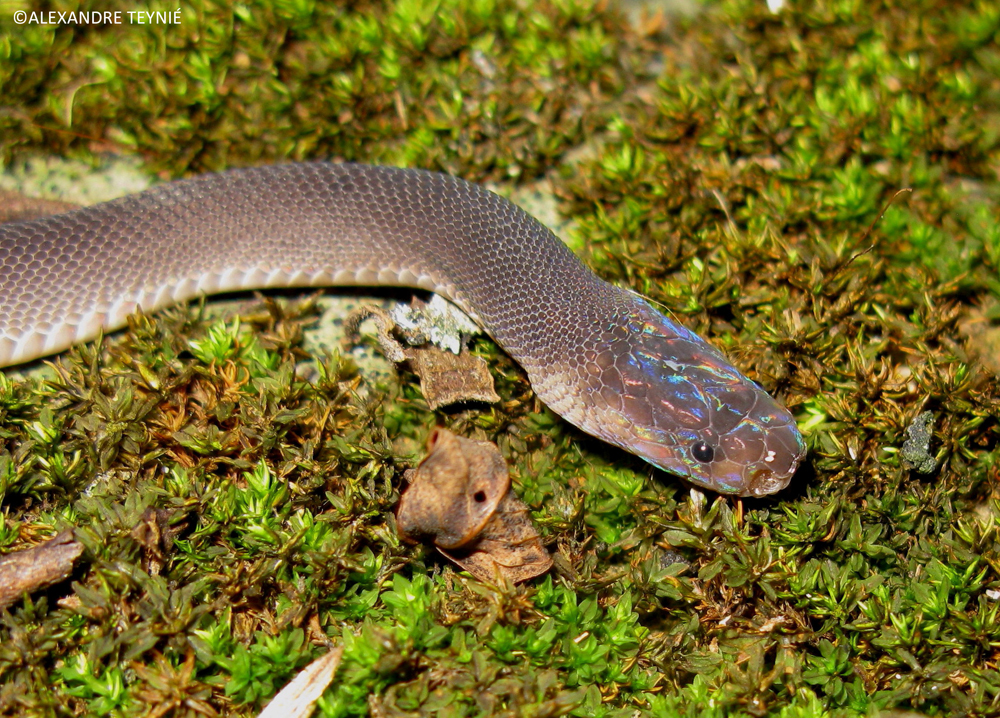
The Greater Mekong region in Southeast Asia holds an incredible range of biodiversity, and new species found in 2015 include a "Ziggy Stardust" snake and a newt that resembles a "Star Trek" Klingon.
The unique colors on the head of this rainbow-headed snake, Parafimbrios lao, found in Laos, led some to liken it to David Bowie's colorful "Ziggy Stardust" character.
Read the full story about these amazing new discoveries.
One-of-a-kind
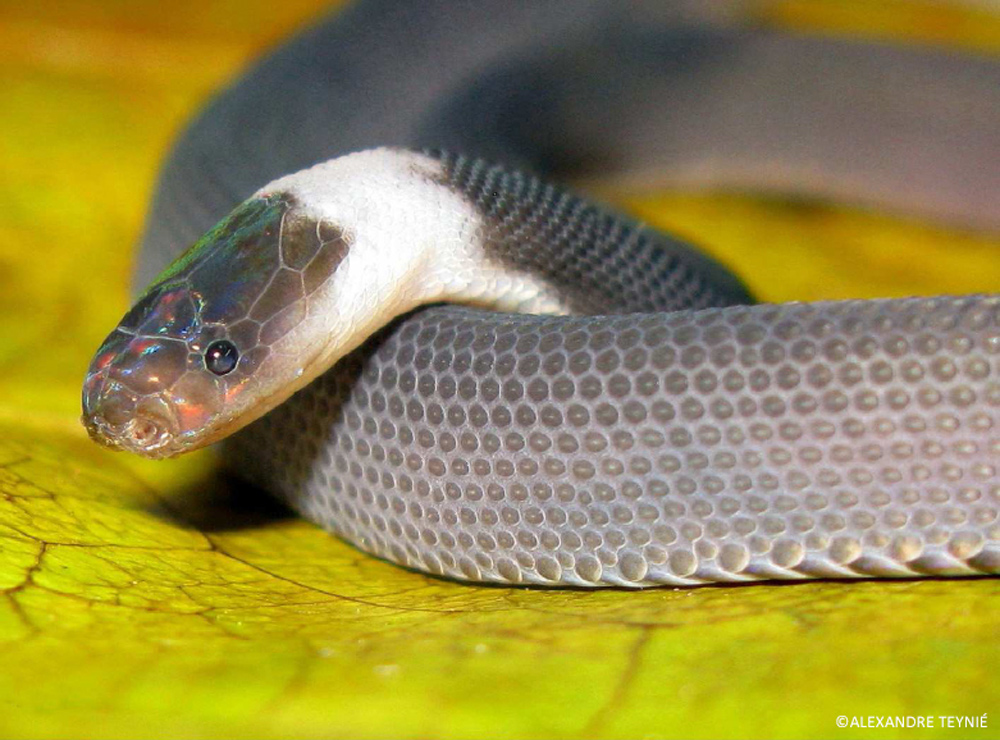
The 111th snake species discovered in Laos, Parafimbrios lao is distinguished from its cousins by its unusual coloration, and by the number of its scale rows and upper teeth.
Phuket horned tree agamid
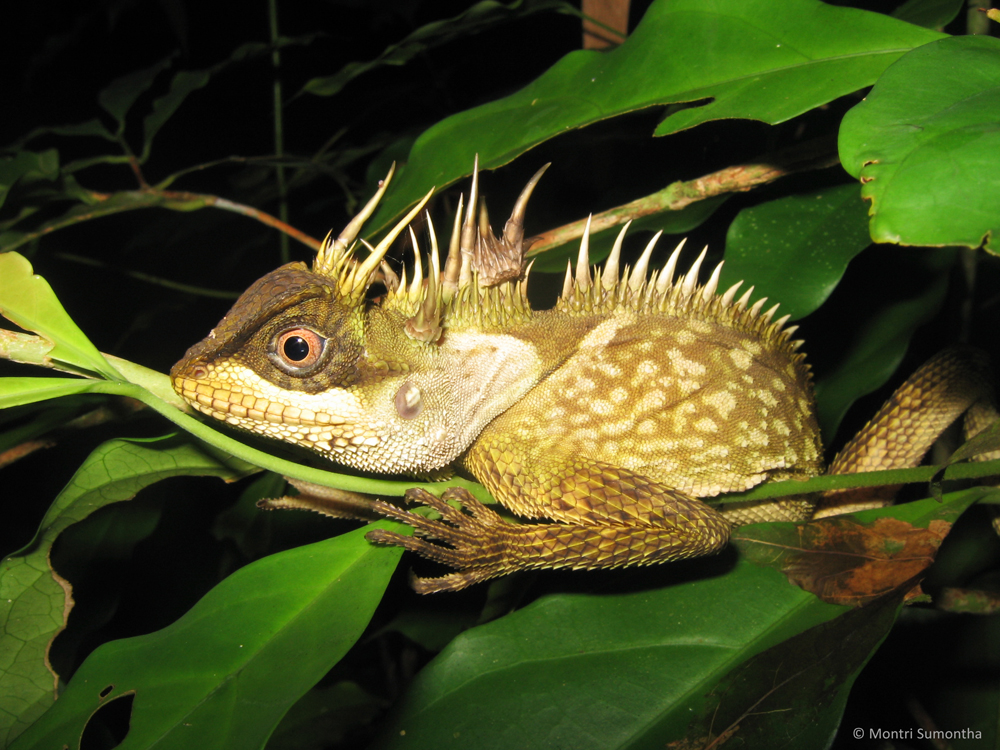
Acanthosaura phuketensis a medium-sized lizard found on Phuket Island in Thailand, dwells in the low areas of the Phuket mountain range. The dangerous-looking spikes atop its head and along its spine lend it a dragon-like appearance, and make it stand out from its relatives.
Wooly-headed bat
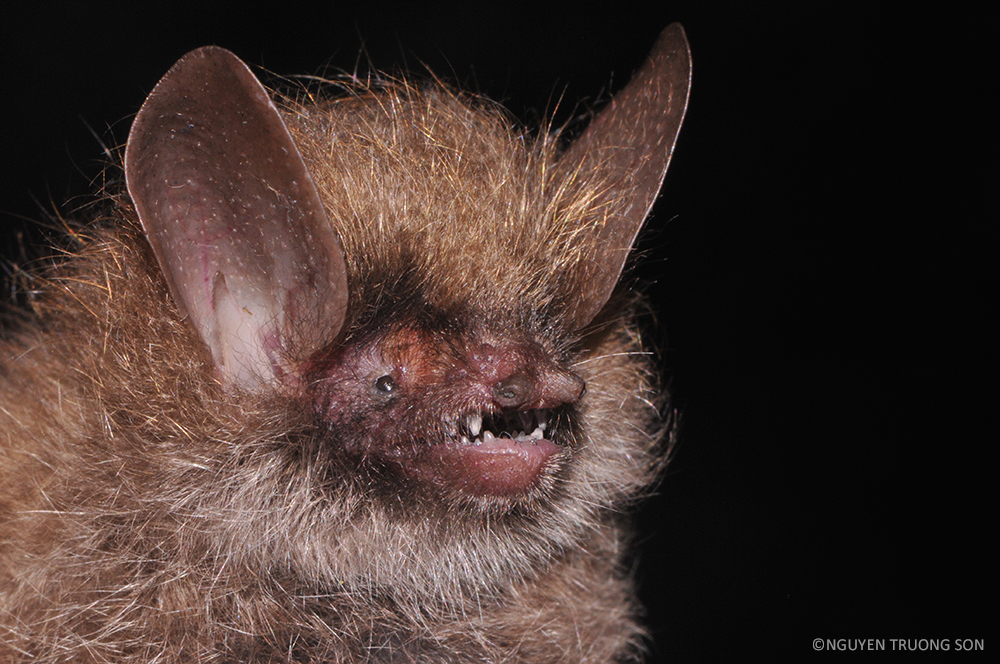
Found in the Central Highlands of Vietnam, this medium-sized bat, known as Murina kontumensis, is covered with wooly fur on its head and forearms, and is part of a highly diverse genus.
Klingon newt
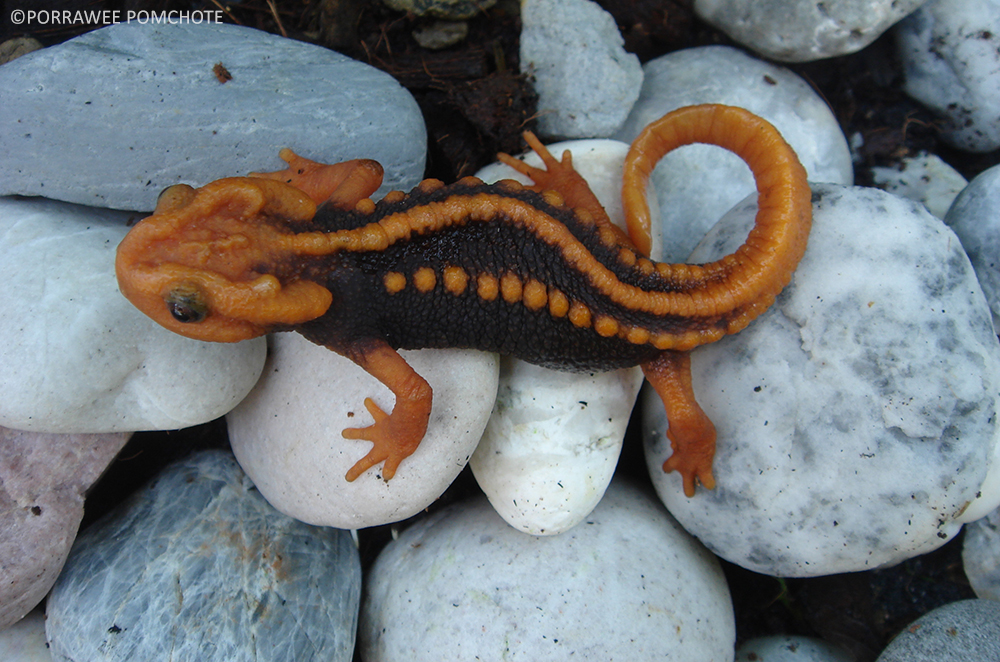
In 2007, only three species of newt were known to exist in Thailand. The research of Dr. Porrawee Pomchote in Chiang Rai province led to the discovery of this unique creature, Tylototriton anguliceps, also referred to as the "Klingon newt," in 2015.
Sign up for the Live Science daily newsletter now
Get the world’s most fascinating discoveries delivered straight to your inbox.
Not like the others
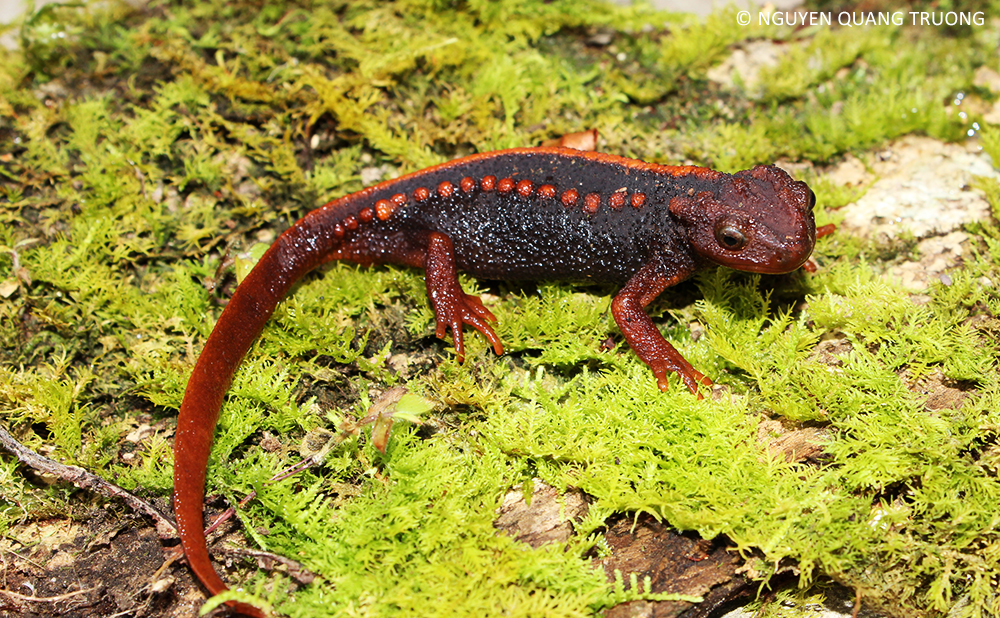
The so-called Klingon newt's conspicuous red and black markings and its distinctive dorsal ridge drew the attention of biologists, who recognized it as a new species.
Musa nanensis
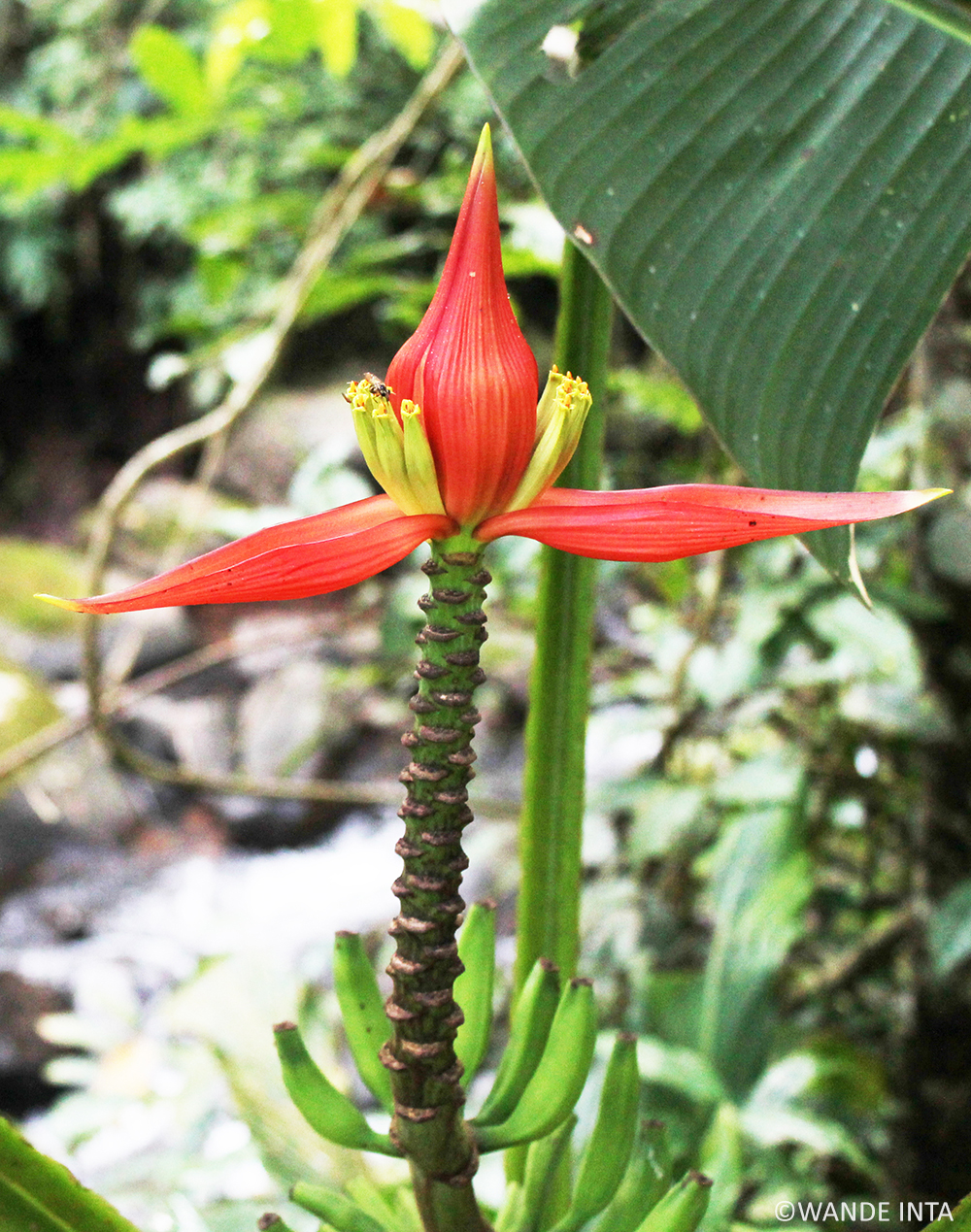
The fluorescent red blossom of this banana plant species sets it apart from its cousins. Only two populations of the plant have been located in northern Thailand. Its unique structure redefined the description of its immediate family, the researchers said.
"Banana pride of Nan"
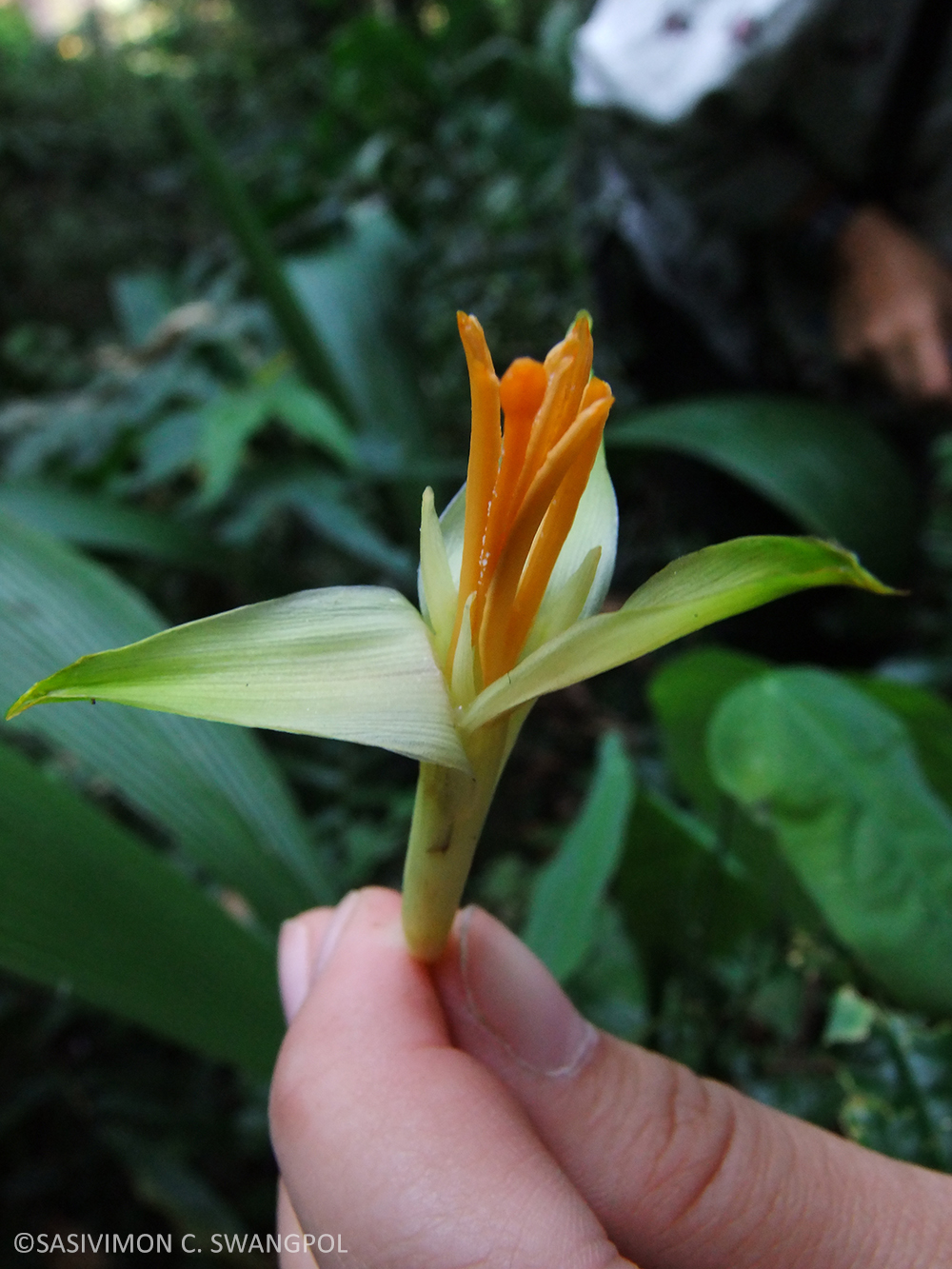
After this new species was discovered by the so-called "Banana Unit" — a group of scientists at the Mahidol University in Bangkok who specialize in banana plants — it was given the scientific name Musa nanensis. Its common name, Kluai Si Nan, means “banana pride of Nan" in the Thai language.
Orange-eyed litter frog
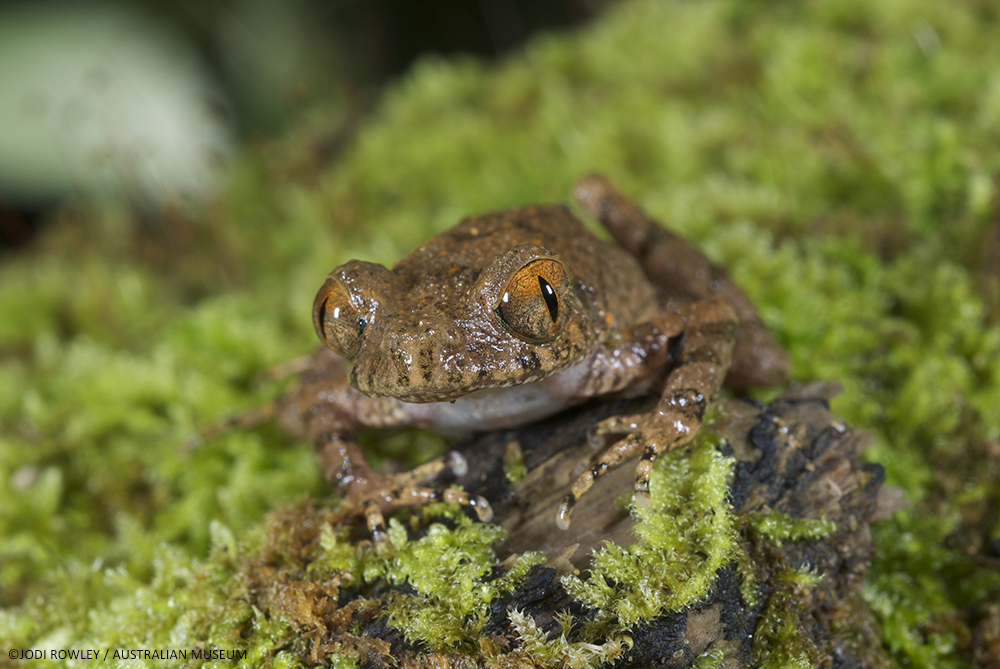
In the small rocky streams of northeastern Cambodia and neighboring Vietnam lives a tiny frog species that measures less than 1.2 inches (3 centimeters) long. Described as Leptolalax isos in 2015, it resides at elevations between 2,133 and 3,609 feet (650 and 1,100 meters).
A long time coming
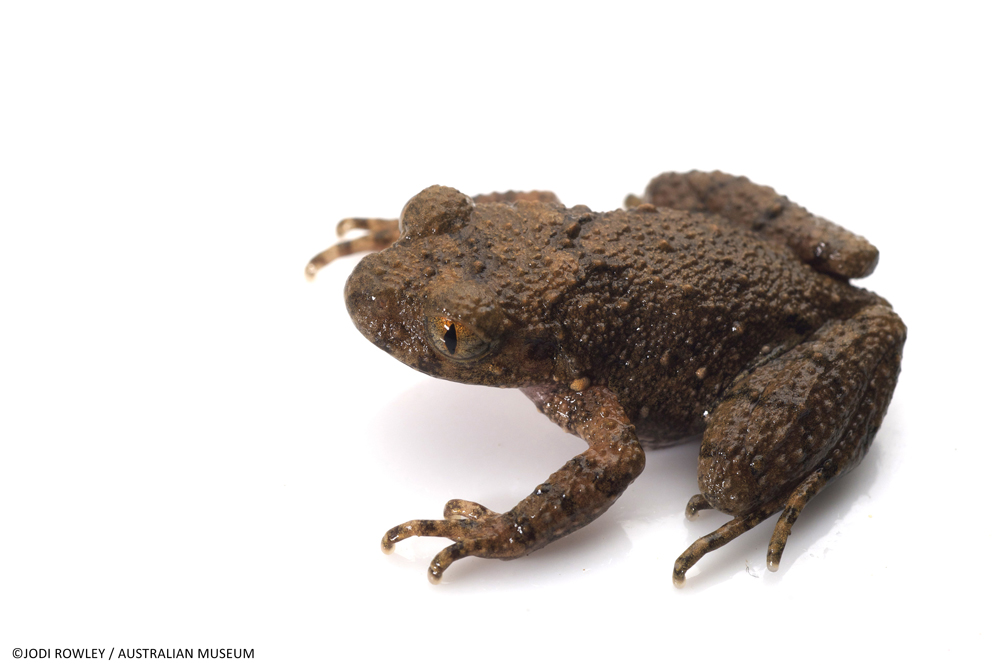
With thousands of species of frogs inhabiting southeast Asia, it took researchers nearly a decade to describe Leptolalax isos. Scientists first spotted the tiny frog in 2006, and spent years comparing its calls and physical features to known frog species before they confirmed that they had discovered a new species.
Love of discovery
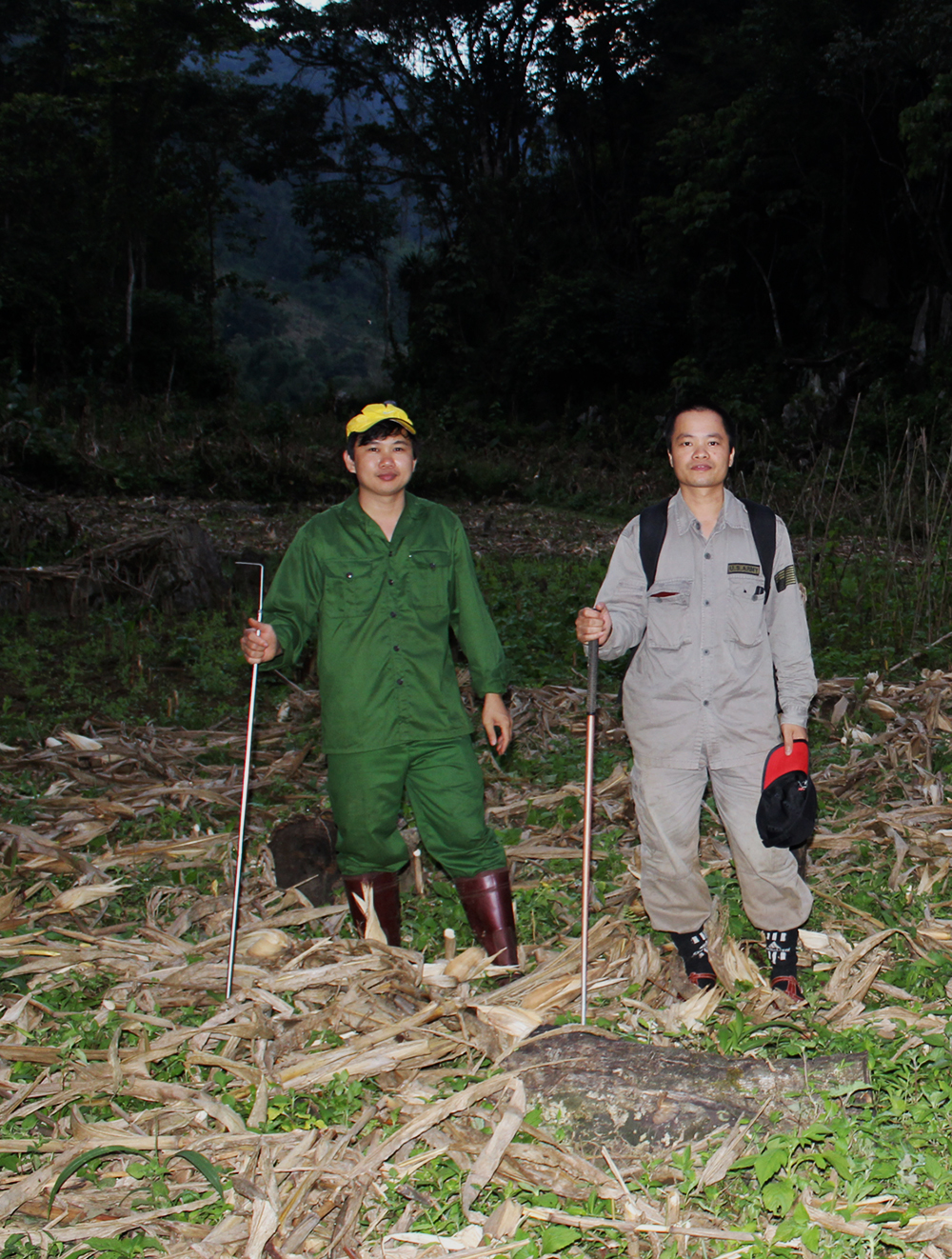
Nguyen Quang Truong (right) aided in the discovery of three new species in the Greater Mekong region in 2015, and has found a total of 80 new species thus far in his career.










